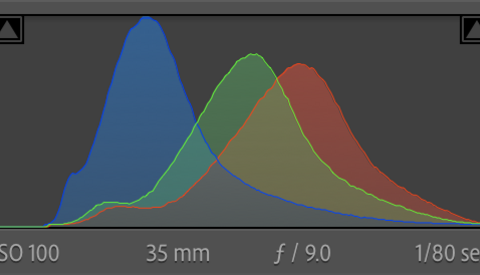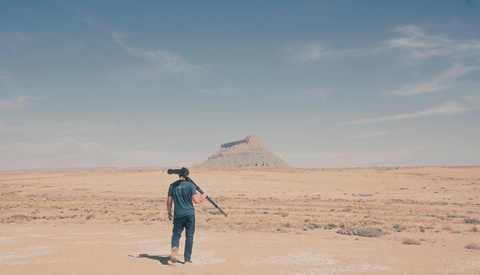How a Professional Landscape Photographer Composes a Photo
One of the more nuanced and difficult aspects of landscape photography is composition. This excellent video features a professional landscape photographer as he talks through how he chose the compositions for two of his images.





























